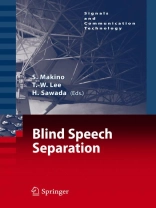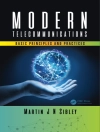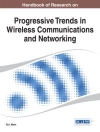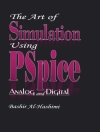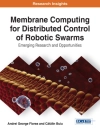We are surrounded by sounds. Such a noisy environment makes it di?cult to obtain desired speech and it is di?cult to converse comfortably there. This makes it important to be able to separate and extract a target speech signal from noisy observations for both man–machine and human–human communication. Blindsourceseparation(BSS)isanapproachforestimatingsourcesignals using only information about their mixtures observed in each input channel. The estimation is performed without possessing information on each source, such as its frequency characteristics and location, or on how the sources are mixed. The use of BSS in the development of comfortable acoustic com- nication channels between humans and machines is widely accepted. Some books have been published on BSS, independent component ana- sis (ICA), and related subjects. There, ICA-based BSS has been well studied in the statistics and information theory ?elds, for applications to a variety of disciplines including wireless communication and biomedicine. However, as speech and audio signal mixtures in a real reverberant environment are generally convolutive mixtures, they involve a structurally much more ch- lenging task than instantaneous mixtures, which are prevalent in many other applications.
İçerik tablosu
Multiple Microphone Blind Speech Separation with ICA.- Convolutive Blind Source Separation for Audio Signals.- Frequency-Domain Blind Source Separation.- Blind Source Separation using Space–Time Independent Component Analysis.- TRINICON-based Blind System Identification with Application to Multiple-Source Localization and Separation.- SIMO-Model-Based Blind Source Separation – Principle and its Applications.- Independent Vector Analysis for Convolutive Blind Speech Separation.- Relative Newton and Smoothing Multiplier Optimization Methods for Blind Source Separation.- Underdetermined Blind Speech Separation with Sparseness.- The DUET Blind Source Separation Algorithm.- K-means Based Underdetermined Blind Speech Separation.- Underdetermined Blind Source Separation of Convolutive Mixtures by Hierarchical Clustering and L1-Norm Minimization.- Bayesian Audio Source Separation.- Single Microphone Blind Speech Separation.- Monaural Source Separation.- Probabilistic Decompositions of Spectra for Sound Separation.- Sparsification for Monaural Source Separation.- Monaural Speech Separation by Support Vector Machines: Bridging the Divide Between Supervised and Unsupervised Learning Methods.
Yazar hakkında
Dr. Shoji Makino is an IEEE Fellow, Associate Editor of the IEEE Transactions on Speech & Audio Processing, and Executive Manager NTT Communication Science Laboratories. Dr. Makino was also co-editor on the succesful 2005 Springer book: Benesty – Speech Enhancement.
